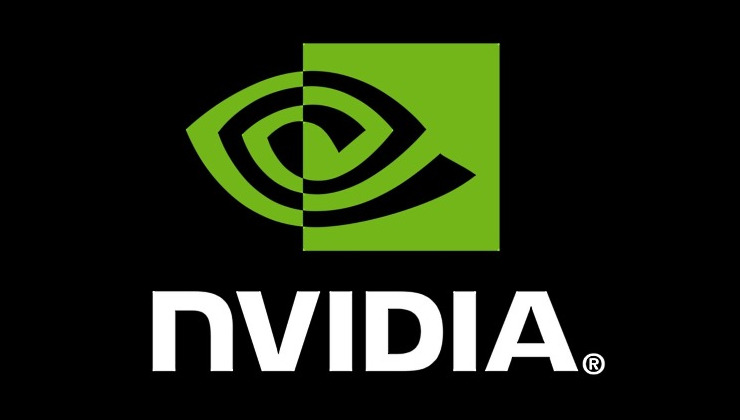Some good news coming out of camp Linux Mint, as the upcoming release of Linux Mint 22 is set to be quite a good one for bringing it up to standard like other distributions on newer tech.
Announced in a blog post, Mint's Clement Lefebvre mentioned various improvements coming like better localization support which will also use less disk space. Languages you don't pick will now properly be removed, and the ISO will actually have English, German, Spanish, French, Russian, Portuguese, Dutch and Italian requiring no extra downloads for those.
Something big for audio fans is that Linux Mint 22 will also finally swap over to Pipewire as the default sound server, the Software Sources tool will feature support for the new Deb822 format and the next version of Pix (their image viewer) will support JXL images.
 Pictured - Linux Mint Cinnamon Desktop
Pictured - Linux Mint Cinnamon Desktop
Another big change is their kernel versioning. Mint has always been quite reserved on using newer kernels, often sticking with older versions. They have been shipping EDGE ISOs with newer kernels for a while, but now they're going to follow Ubuntu with shipping new kernel series release after Linux Mint 22 is live. As Lefebvre mentioned "we didn’t observe significant differences in terms of stability between LTS and HWE series" and that a "growing number of users with new laptops/chipsets relied on EDGE images" so this move makes sense.
They've also made a new XApp, GNOME Online Account GTK, with a goal to work across any desktop environment to connect to online accounts like Google, Microsoft and so on.
Snap is also another issue, as the Mint team continue to not particularly like Canonical's packaging format. With Ubuntu moving Thunderbird into a Snap, the Mint team will now be packaging it themselves as a .deb.
They're also continuing to work on Jargonaut, a modern chat application that uses IRC under the hood.
They're also now working with Fastly, to support their packaging repositories which should provide better speeds and overall stability.
All sensible stuff, and this is why I love using Mint as my daily-driver OS.Yup, yup. Likewise.
Yup, yup. Likewise.I wish I could show a Mint badge, here, but I don't want to mess up GOL's main gaming PC stats - I'm not running it on my Steam Deck, after all.
I switched to pipewire long ago, so I might have to revert that change before I update to avoid conflicts. And I'll keep using Xanmod kernels on my gaming box simply because they've been serving me well for years. Our other machines are on HWE kernels already, but I guess that's a few less clicks the next time I decide to reinstall one of them. Same goes for removing all the extra languages.
Nice to see that Thunderbird will still be available as a native package.
I really don't see the point of basing a modern chat app on IRC though. There are nicer protocols to choose from.
Not pushing Snaps and sticking to .deb is to my liking too.
But would have stayed with Mint otherwise.
Last edited by Sparhawk on 3 Apr 2024 at 6:01 pm UTC
They cannot decide which is their leading Distro here. The Ubuntu distro, or the Debian one.
So LMDE beat Linux Mint official release in making Pipewire default.
They cannot decide which is their leading Distro here. The Ubuntu distro, or the Debian one.
Should they artificially keep LMDE from inheriting features from new Debian stable releases if Mint's Ubuntu LTS base doesn't have them yet? You're not making any sense.
They make sensible decisions that I completely support, might have to give the upcoming version a try on my laptop, with Plasma bolted on of course.
I realize this is a noob question, but what's the advantage to using PipeWire over PulseAudio for the average user? I've tried to do a bit of research on the topic, but I've only been able to find information that can be summarized as better on a technical level and also newer. It's the main feature of this update that people seem to be the most excited about, but I can't figure out why. Is there likely to be any appreciable difference if I'm just using my computer for normal tasks like gaming and listening to music?I've gotten the impression that on one hand, it's better for more complicated stuff where you have multiple sources of sound or what, and generally can give you the kinds of stuff sophisticated users got from Jack but with less hassle . . . and on the other hand, I seem to remember hearing that it plays better with some of the older Linux sound things, so quirky old stuff might be less likely to cause problems with PipeWire. But don't quote me. I'm not at all sure about any of that.
Last edited by Purple Library Guy on 3 Apr 2024 at 10:45 pm UTC
disclaimer: i'm not a linux audio stack expert, i'm just pulling from memory what i read in older phoronix news and some pipewire.org/ articles (oppa chat-gpt style
pipewire is a game-changer for linux audio stack for several reasons
a big one is that it is a single software that replaces several older software with drop-in replacements (ALSA, PulseAudio and JACK)
the replacements are written from the ground up in cleaner code, with all that was learned from decades of experience in the older projects... so generally less bugs
they are drop-in replacements, which means software that called Pulse Audio functions will call pipewire's PulseAudio replacement bit the same way and Pipewire will gladly handle it in a compatible manner, so generally no problems getting ancient software to run over the new code
but at its core the way pipewire works is quite different, so it allows things that were previously impossible, like low latency audio via PulseAudio... iirc this was a major reason to choose JACK instead of PulseAudio for some usecases
plus PulseAudio and Jack worked atop ALSA and each had their own opinions on how to decide what to do when things change
eg: you hit the play button on your mp3 playlist in a local app, then someone calls you via google meet on the web browser, then you plug in the usb headphones... which audio source should be rerouted to which audio outputs? should any filters be applied? what sampling rate should be used if the sources are different but you want to mix them to the same output? etc, etc, etc
pipewire not only rewrote all this logic in a unified way replacing hacks over hacks... so less audio selection quirks (which are KILLING me on win11 + Teams right now!)...
...but also it did so in a way that makes it easy for each linux distro or even you as a single user to write your own customized logic to replace or add these to the default ones
who hasn't had issues with audio selection, frequency or latency over bluetooth, right?! that gets better taken care of too!
anyway that's the theory... given how fast linux distros picked up on it (a lot of them before it hit stable version 1.0) and how many people went out of their way to install it manually before it became the default in the more cautious distros, i'd say it's delivered on its promises way more than it caused new issues (always a risk when rewriting from scratch)
Last edited by Marlock on 4 Apr 2024 at 12:18 am UTC
This is really nice to hear. While I was distrohopping last year, the only thing that got me off Mint was its lack of PipeWire. I had some audio issues running Mint and had to hop off.Pipewire's drop-in replacements for PulseAudio and etc could already be deployed in Linux Mint by savvy users with enough free time on their hands, but yeah, this does make things waaaaay easier!











 How to set, change and reset your SteamOS / Steam Deck desktop sudo password
How to set, change and reset your SteamOS / Steam Deck desktop sudo password How to set up Decky Loader on Steam Deck / SteamOS for easy plugins
How to set up Decky Loader on Steam Deck / SteamOS for easy plugins
See more from me